Serbia offers significant investment potential for renewable energy integration and battery storage capacities to balance new renewable energy capacity on the grid. Here are key points highlighting the investment opportunities in these areas:
1. Growing Renewable Energy Sector: Serbia has been actively developing its renewable energy sector, with a strong focus on wind and solar power. As the country continues to increase its renewable energy capacity, there is a need for robust integration and storage solutions to manage intermittent generation.
2. Grid Infrastructure Enhancement: Investment in renewable energy integration technologies can help optimize the existing grid infrastructure in Serbia. Advanced grid management systems, smart meters, and digital communication infrastructure can facilitate real-time monitoring, accurate load forecasting, and efficient dispatch of renewable energy resources.
3. Battery Storage Solutions: Deployment of battery storage capacities can significantly contribute to the balancing of renewable energy supply and demand in Serbia. By storing excess renewable energy during periods of high generation and discharging it during low generation, battery storage systems can support grid stability and provide reliable and dispatchable power.
4. Ancillary Services Market: Battery storage installations can participate in the ancillary services market by offering frequency regulation, spinning reserves, and voltage support. This not only enhances grid stability but also provides revenue opportunities for investors in energy storage projects.
5. Hybrid Energy Systems: Serbia can capitalize on the potential of hybrid energy systems that integrate renewable energy sources, battery storage, and other balancing technologies. These systems can provide a stable and consistent power supply by combining wind and solar energy with storage capabilities, reducing dependency on traditional fossil fuel generation.
6. Demand Response Initiatives: Investing in demand response programs can encourage end-users in Serbia to optimize their electricity consumption based on renewable energy availability. By incentivizing load shifting and energy efficiency measures, demand response initiatives can mitigate grid imbalances and reduce the need for additional capacity.
7. Regulatory Support: The Serbian government has taken steps to support renewable energy integration and storage technologies through favorable regulatory frameworks. Policies promoting grid flexibility, market-based mechanisms, and financial incentives for storage projects can attract private investments and stimulate innovation.
8. Research and Development: Continued investment in research and development is crucial for advancements in renewable energy integration and storage technologies. Collaboration between academia, research institutions, and industry players can drive innovation, improve efficiency, and reduce costs, making these solutions more economically viable.
Investing in renewable energy integration and battery storage in Serbia presents opportunities to create a more sustainable and reliable energy system. It can contribute to the country’s renewable energy targets, enhance grid stability, and minimize the reliance on conventional power generation. However, partnerships between stakeholders, including the government, investors, and energy industry participants, are necessary to overcome challenges and maximize the potential of these investments.
